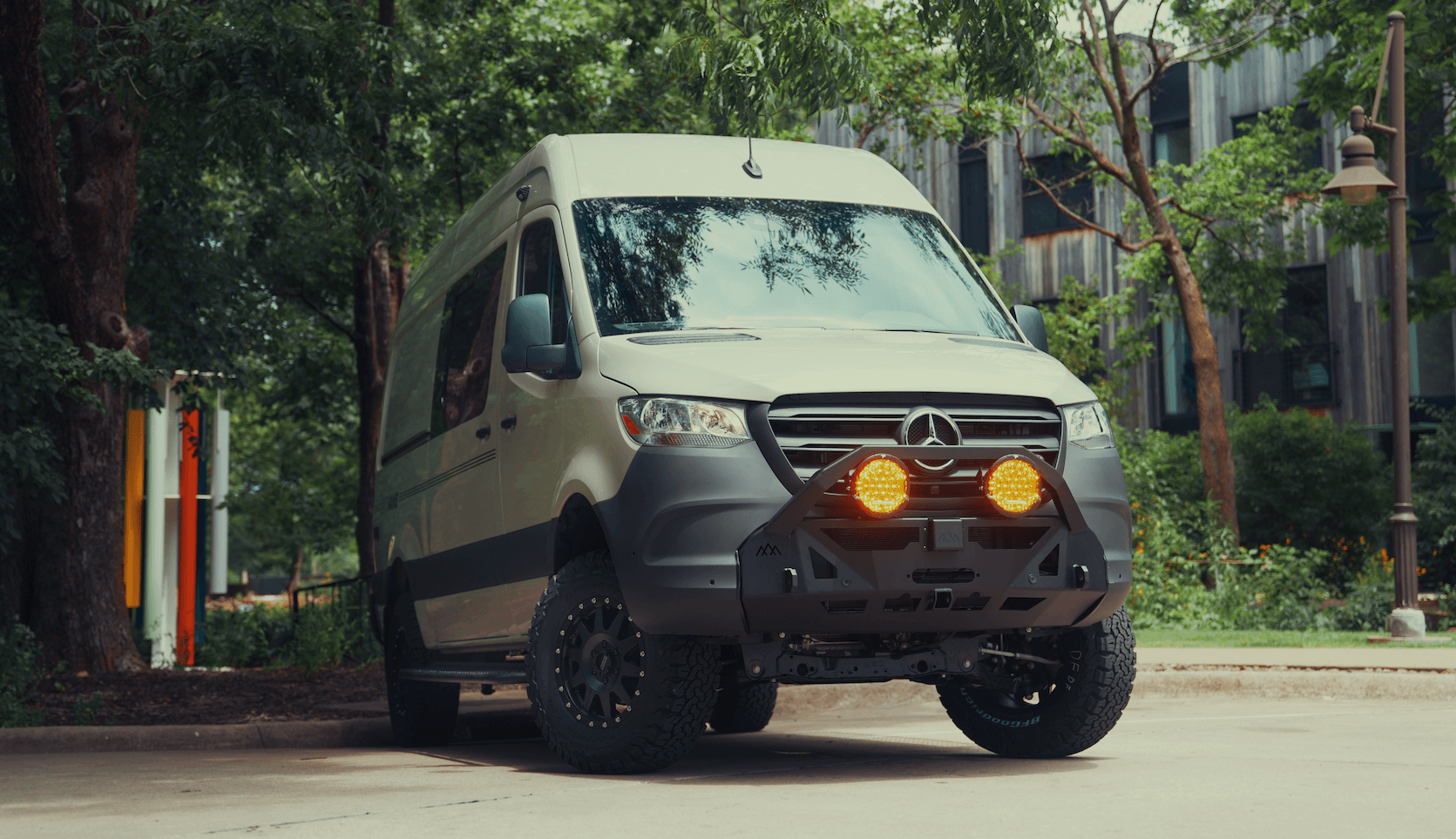Recreational Vans

Corporate fleet camper vans give organizations flexible space that shifts roles without swapping vehicles. A single van can serve as a mobile office during the week, crew lodging on remote projects, and a brand activation hub on weekends. Compared to larger mobile units, vans are quicker to park, cheaper to run, and easier to drive in cities. The compact form reduces site access issues while still delivering power, climate control, storage, and sleeping capacity when required. For many teams, this versatility lowers travel costs and compresses setup time at each stop.
Selecting the right chassis sets the tone for service intervals, payload, and upfit options. Popular choices include high roof vans with tall standing height and long wheelbase models for expanded layouts. Payload and gross vehicle weight ratings must cover cabinetry, batteries, water, and gear while preserving a margin for safety. Insulation and climate strategy matter in all seasons. Thermal breaks, quality insulation, and efficient HVAC keep crews comfortable and reduce generator use. Interior layouts should flow from the primary mission, whether that is quiet desk work, gear hauling, or quick conversion from meeting space to bunks.
Modern corporate fleet camper vans rely on silent, reliable power. Lithium house batteries with high cycle life pair well with alternator charging, shore input, and rooftop solar. Inverters supply clean AC power for laptops, monitors, and medical grade devices if needed. Smart battery monitoring prevents downtime, while DC circuits run lighting and fridges efficiently. Connectivity often includes cellular routers with multi carrier SIMs, external antennas, and Starlink integration for rural coverage. A clear cable management plan reduces interference and simplifies maintenance.
Safety is non negotiable. Commercial grade wiring, proper circuit protection, and ventilated enclosures reduce risk. Fire suppression, smoke and CO detection, and secure tank mounting are essential when heat, batteries, or fuels are present. Fleet managers should confirm upfits follow manufacturer guidelines and any applicable standards for seating, anchorage, and egress. Compliance can also include region specific weight, lighting, and labeling requirements. A disciplined maintenance plan keeps both base van and upfit in sync, with inspection checklists and parts tracking to prevent unplanned downtime.
Think in phases. Pilot a small batch, validate the layout with real crews, and standardize once the pattern works. Lifecycle costs include fuel or charging, tires, brakes, HVAC service, battery replacement windows, and resale. Modular interiors make refresh cycles easier, allowing cabinets, seating, or electronics to be updated without rebuilding the shell. When layouts share common parts across the fleet, training and spares become simpler, and technicians get faster at service.
The right plan is a balance of desk space, storage, and sleeping. For mobile offices, a forward workstation with swivel seating and a second foldout surface lets two people work without conflict. For event teams, an open center aisle with quick deploy displays and lockable drawers keeps gear secure on the move. For lodging, foldaway bunks or a convertible bench preserve daytime floor space. Wet baths may be unnecessary for day use teams, but a compact shower and cassette toilet can be a morale boost on long assignments.
Commercial environments are hard on interiors. Non porous wall panels, marine grade hardware, and metal reinforcement in high stress zones reduce failures. Floor systems should handle dirt, water, and rolling loads without soft spots. Exterior components like racks and bumpers need proper corrosion protection and secure mounting that respects crash zones and sensors. Lighting should be bright, dimmable, and zoned so late work does not disturb resting team members.
Budget control starts with clear priorities. Invest in the power system, safe ventilation, and structure. Choose appliances sized to the mission, not the catalog maximum. Standardize fasteners and hinges across builds. Use labeled wiring, service loops, and access panels so future techs can do quick repairs. Consider telematics for tracking usage patterns and planning maintenance windows. These habits extend the service life and keep total cost predictable.
Turning a concept into a dependable fleet platform takes planning, documentation, and execution quality. A capable shop will map weight, power, airflow, and service access before cutting a single panel. They should test each circuit, verify charging rates, and demonstrate safe operation to your team. The result is a van that feels familiar to users on day one and stays consistent across units.
If you are evaluating platforms for a corporate fleet camper vans program, compare mission needs, routes, and support capabilities. When you are ready for a purpose built solution, partner with a shop that understands commercial timelines and uptime expectations.
OZK Customs designs and builds commercial grade vans for field work, events, and off grid operations. Share your routes, crew size, and power requirements, and we will produce a clear build plan with timelines and cost detail. Let us configure a fleet that works every day.
Ready to spec a purpose built corporate camper van fleet that runs clean, quiet, and compliant? Tell us about your routes, team size, and power needs. OZK Customs designs and builds commercial grade vans that work as hard as your crews. Start your build plan today.
ADDRESS:
6159 E Huntsville Rd, Fayetteville, AR 72701
PHONE:
(479) 326-9200
EMAIL:
info@ozkvans.com